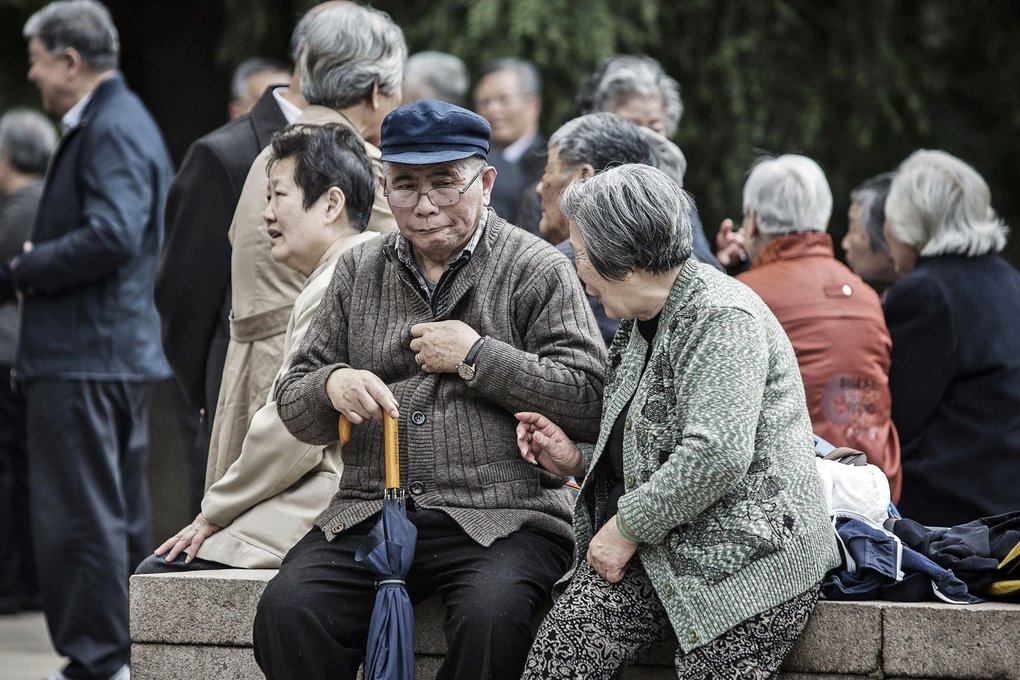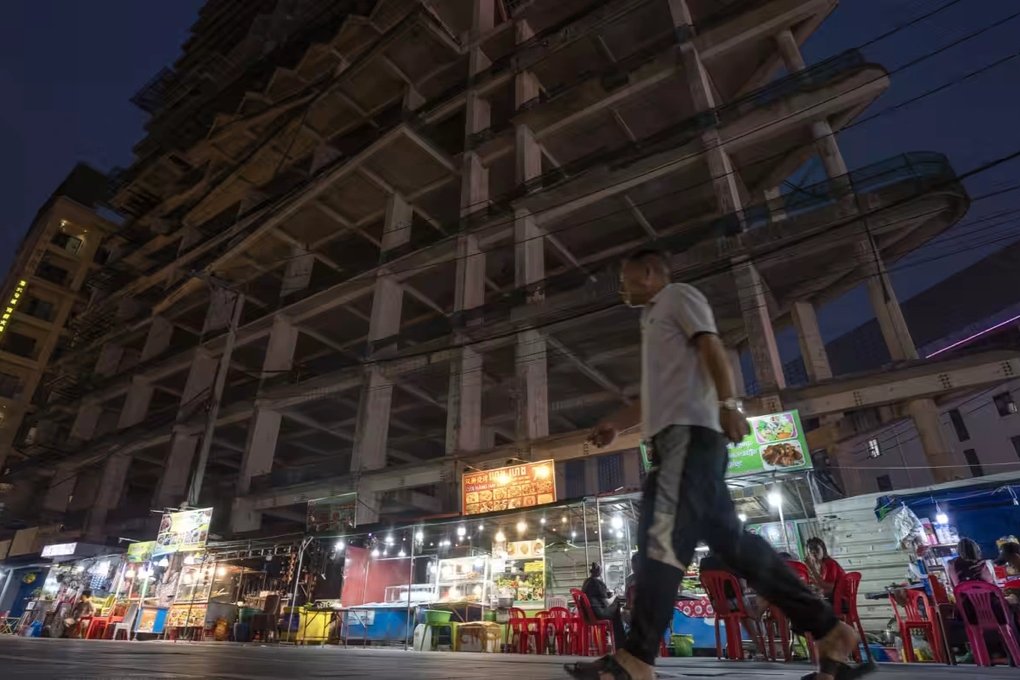
(Dan Tri) – An aging population will threaten China’s important policy goals in the next decade and pose a serious challenge to the long-term growth prospects of the world’s second largest economy.
China is facing an aging population (Photo: Reuters).
A record low birth rate in 2023 and a high death toll from Covid-19 will cause China’s population to decline for the second year in a row, raising concerns about a demographic recession in the country.
A large number of China’s 1.4 billion people are about to no longer be of working age and enter the most active consumption period.
Specifically, in the next 10 years, about 300 million people currently aged 50-60, China’s largest demographic group and equivalent to almost the total population of the United States, will leave the labor force.
This comes at a time when China’s pension budget is under great pressure.
The proportion of household consumption in China’s GDP is currently among the lowest in the world.
Xiujian Peng, senior research expert at the Center for Policy Studies (CoPS) at Victoria University in Melbourne (Australia), said: `The change in China’s age structure will cause economic growth momentum to increase.`
Low retirement age
As a country that accepts very few or only highly skilled foreign workers, China sets the lowest retirement age in the world, 60 years old for men, 55 years old for working women.
Employees at state-owned companies are often required to retire when they reach age.
Li Zhulin, a 50-year-old unemployed worker in Shaanxi province, is worried about the future as their family only relies on her husband’s pension of about 5,000-7,000 yuan ($697-975) per month.
Chinese society has traditionally expected children to financially support their parents in their old age, often even living together to take care of them.
In 2020, one in every five workers supported retirement in China.
`At that time, China’s pension crisis will become a humanitarian disaster,` Mr. Yi said.
Consumers are aging
China’s second largest demographic group, made up of about 230 million people between the ages of 30 and 49, is in its most active consumption period.
When this group turns 50, their children will finish school and begin to be able to earn their own income, meaning this group is likely to consume less domestically.
Their future replacement will be people in their 20s, but this demographic group is at its smallest size since the famine of the 1950s. This is a direct consequence of China’s one-child policy since 1950.
Larry Hu, China economist at Macquarie, said: `Japan’s experience shows that when the proportion of the working-age population decreases, the demand for housing also decreases.`
Difficult to innovate
China saw its birth rate increase after abolishing the one-child policy, but the recovery was far from before and also short-lived.
According to demographers, in any economy, the number of children has a direct correlation to the level of domestic consumption.
Mr. Peng at CoPS said the shrinking domestic market will make China increasingly dependent on exports.
Currently, China produces 1/3 of the goods consumed worldwide.
However, Mr. Peng said that an aging workforce also means they have less incentive to innovate and the pace of productivity improvement is slower, not faster.
In recent years, the Chinese government and local governments have adopted a series of policies to deal with population aging.
Therefore, China must adapt to the `new normal situation`.








